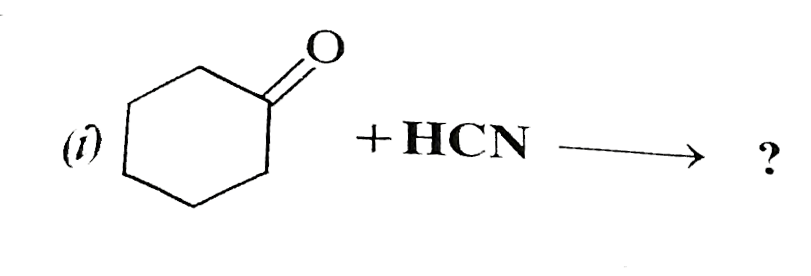Write the following statement as disjunction. If I have colors, then I will paint the wall.
To convert the statement "If I have colors, then I will paint the wall" into a disjunction, we can follow these steps:
Step 1: Identify the components of the statement
The statement consists of two parts:
- Part A: "I have colors"
- Part B: "I will paint the wall"
Step 2: Understand the logical structure
The original statement is a conditional statement (if-then format), which can be represented as:
- If A, then B (A → B)
Step 3: Rewrite the conditional statement as a disjunction
A conditional statement can be rewritten as a disjunction using the logical equivalence:
- A → B is equivalent to ¬A ∨ B
This means "not A or B".
Step 4: Apply the equivalence to our statement
In our case:
- A: "I have colors" (which we can denote as P)
- B: "I will paint the wall" (which we can denote as Q)
Using the equivalence:
- The disjunction form will be: "I do not have colors or I will paint the wall"
- In logical symbols, this can be represented as: ¬P ∨ Q
Final Disjunction Statement
Thus, the disjunction of the given statement can be expressed as:
"I do not have colors or I will paint the wall."
The statement consists of two parts:
- Part A: "I have colors"
- Part B: "I will paint the wall"
The original statement is a conditional statement (if-then format), which can be represented as:
- If A, then B (A → B)
A conditional statement can be rewritten as a disjunction using the logical equivalence:
- A → B is equivalent to ¬A ∨ B
This means "not A or B".
In our case:
- A: "I have colors" (which we can denote as P)
- B: "I will paint the wall" (which we can denote as Q)
- The disjunction form will be: "I do not have colors or I will paint the wall"
- In logical symbols, this can be represented as: ¬P ∨ Q
Thus, the disjunction of the given statement can be expressed as:
"I do not have colors or I will paint the wall."
Similar Questions
Write the negation of the following statement. If I become a doctor then I will open a hospital.
View SolutionConsider the following statements
P : I have the raincoat q : I can walk in the rain.
The propositions " If i have the raincoat , then I can walk in the rain " is represented by
View SolutionState whether the following statements are true or false.
Diatoms have silica and cellulose in their walls.
A. True
B. False
View SolutionConsider the following statement :
p : I shall pass, q : I study, then write the verbal translation of the symbolic representation p⇔q.
View SolutionConsider the following statement and select correct set for brown algae as well as red algae.
(i) Certain marine forms produce large amonts of hydrocolloids.
(ii) Used as food supplements by space travellers.
(iii) Organisms may have unicellular and multicellular plant body.
(iv) They have cellulose in cell wall and chlorophyll a pigment.
View SolutionWrite the products of the following reactions :
(i)
View SolutionWrite the conjugate of
i7
View SolutionWrite the following statements in set notation :
(i) A is not a subset of B
(ii) P is a superset of Q
(iii) E is a proper subset of F.
View SolutionWrite the negation of the following statement: I will not go to school.
View SolutionWrite the products of the following reactions:
(i)
View Solution
